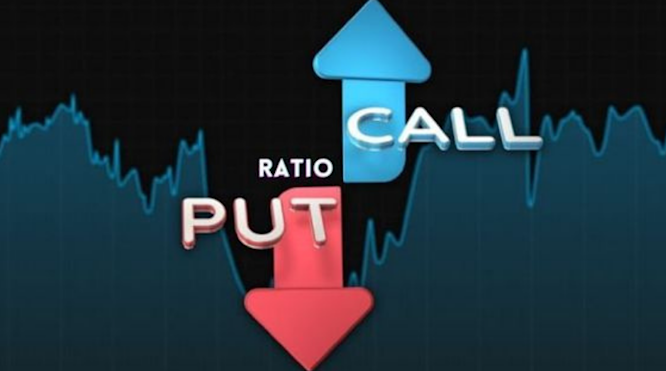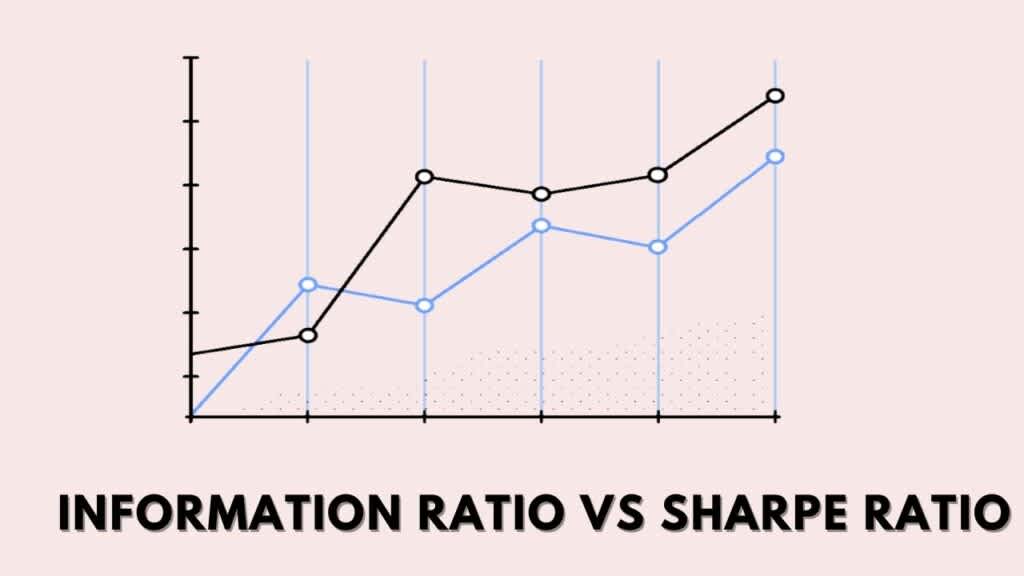What is Put Call Ratio- Formula, Calculation and Example.
Options Trading
What is Put Call Ratio
In the world of investing, where market temperament is a crucial consideration, investors turn to various financial measures before making decisions. One such valuable tool in their arsenal is the put-call ratio. This ratio provides insights into the balance of market sentiment by comparing the number of put options (representing a cautious stance) to call options (indicating optimism). Essentially, the put-call ratio acts as a barometer, helping investors assess whether the prevailing mood is more on the careful side or leaning towards bullish optimism. By understanding this ratio, investors gain valuable cues about the broader market sentiment, aiding them in making informed decisions about when and where to allocate their investments.
How to calculate Put Call Ratio
The put-call ratio is calculated by dividing the total number of outstanding open interest in put options by the total number of outstanding open interest in call options. The formula for put-call ratio is:
Put Call Ratio = Total Open Interest in Put Options\Total Open Interest in Call Options
Here's a breakdown of the components:
Total Open Interest in Put Options:
Count all the outstanding put options contracts across various strike prices and expiration dates.
Total Open Interest in Call Options:
Count all the outstanding call options contracts, considering different strike prices and expiration dates.
The resulting put-call ratio provides investors with insights into market sentiment. A ratio greater than 1 indicates a higher interest in put options, suggesting a more cautious outlook. Conversely, a ratio less than 1 signifies a higher interest in call options, indicating a more optimistic market sentiment. Investors often use this ratio as a contrarian indicator, interpreting extreme values as potential signals of market reversals.
Example of Put Call Ratio:-
Imagine you're looking at a specific stock, let's call it XYZ Inc., and you're interested in understanding the market sentiment using the put-call ratio.
Step 1: Calculate Total Open Interest in Put Options
Let's say there are a total of 2,000 open put option contracts for XYZ Inc. across various strike prices and expiration dates.
Step 2: Calculate Total Open Interest in Call Options
Now, let's assume there are 3,000 open call option contracts for XYZ Inc., considering different strike prices and expiration dates.
Step 3: Calculate the Put-Call Ratio
Use the formula:
Put Call Ratio = Total Open Interest in Put Options
Total Open Interest in Call Options
Put-Call Ratio = 2,000 = 0.67
3,000
In this example, the put-call ratio for XYZ Inc. is 0.67. Interpretation: For every 3 call options, there are 2 put options. A put-call ratio less than 1 suggests a relatively optimistic sentiment, as there is more interest in call options compared to puts. Investors might see this as an indication that the market for XYZ Inc. is leaning towards a bullish outlook. Keep in mind that specific thresholds for interpreting the ratio can vary, and it's often analyzed in the context of historical data and market trends.
Significance of the Put Call Ratio
These pointers below highlight the importance of PCR in brief:
It is a useful tool for determining current market sentiment.
PCR helps traders comprehend the direction of price movement in underlying securities. As a result, they can place directional bets on orders with more ease.
It is essentially a contrarian signal, which allows traders to avoid the herd mentality when investing in a specific market.
This ratio is important for examining the overall trading behavior of market participants.
Regardless, this derivative indication is not without its limitations. Investors must learn about them in detail if they want to address the concerns.



